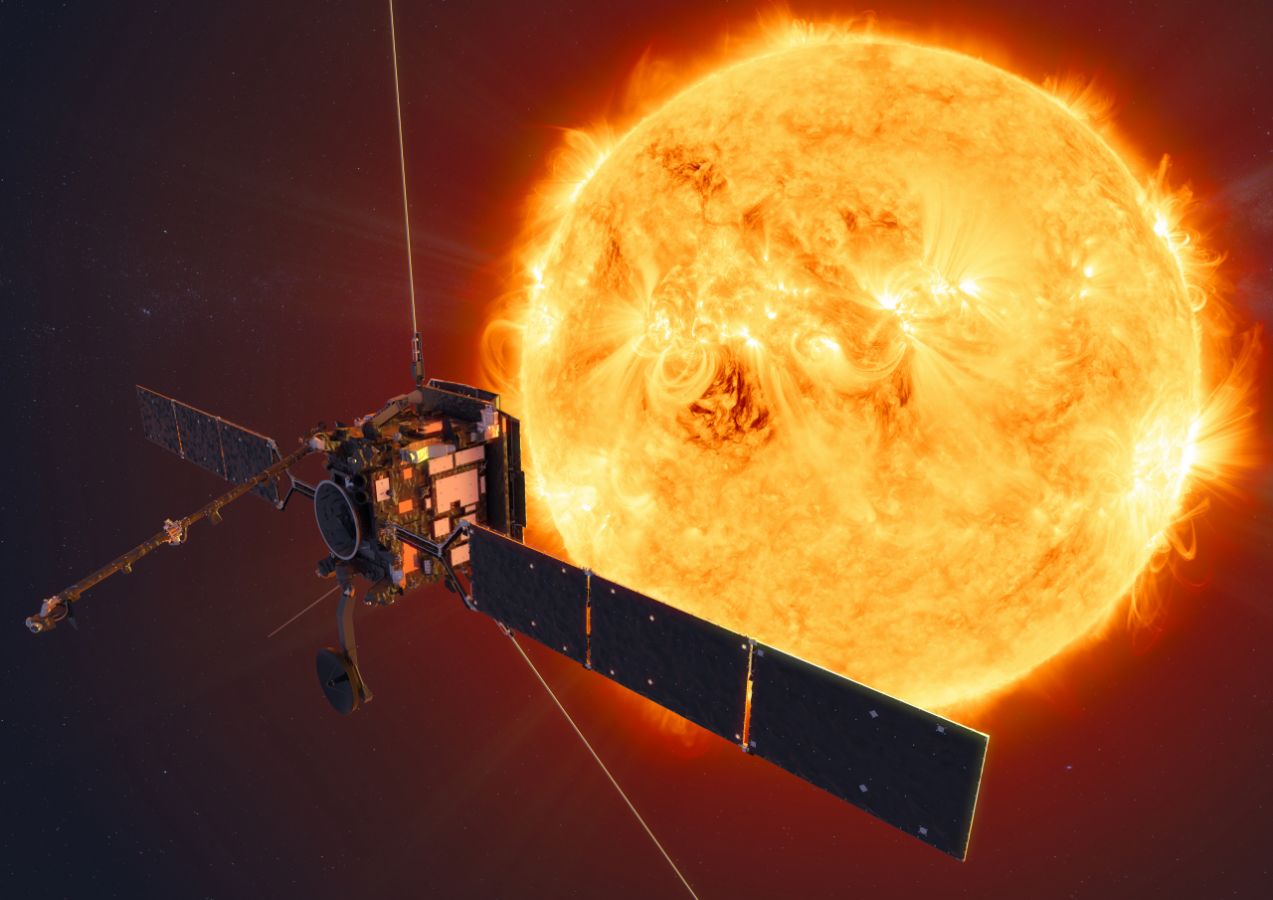European Space Agency (ESA) new Solar Orbiter mission launched successfully from Cape Canaveral at 04:03 GMT (05:03 CET) on 10 February 2020. This mission is exciting and will be off to go study the Sun up-close and personal. The Solar Orbiter mission is led with a strong partnership with NASA and studies the Sun’s poles which have never been seen before!
The Solar Orbiter was launched atop a United Launch Alliance (ULA) Atlas V rocket which also launched other famous missions like NASA’s Mars orbiter MAVEN. It even has an almost perfect record of 82 successful launches out of 82, with one partial success.
It’ll take about a year and a half for Solar Orbiter to reach the Sun. On the way, the spacecraft will do a gravity assist and swing around Venus and Earth. Then it will be about 42 million kilometres from the Sun and still be about 500 degrees C. That’s a whopping 13 times hotter than what our satellites are experiencing in lower Earth orbit!
Once it’s there it’ll start taking measurements on how intense the radiation blasts are from the Sun that is then carried by solar winds and impact our planet. Understanding space weather will not help us understand the Sun better but even help us defend against it.

Solar Orbiter mission will be orbiting for at least seven years to study the Sun. It’ll be exciting to see how ESA and NASA’s Solar Orbiter mission alongside NASA’s Parker Solar Probe will combine their efforts to get an unprecedented view of the Sun. From understanding the heliosphere to insights on the Sun’s poles there will be lots of fantastic data to come. Here’s to understanding our Sun and progressing the frontier of human knowledge.
